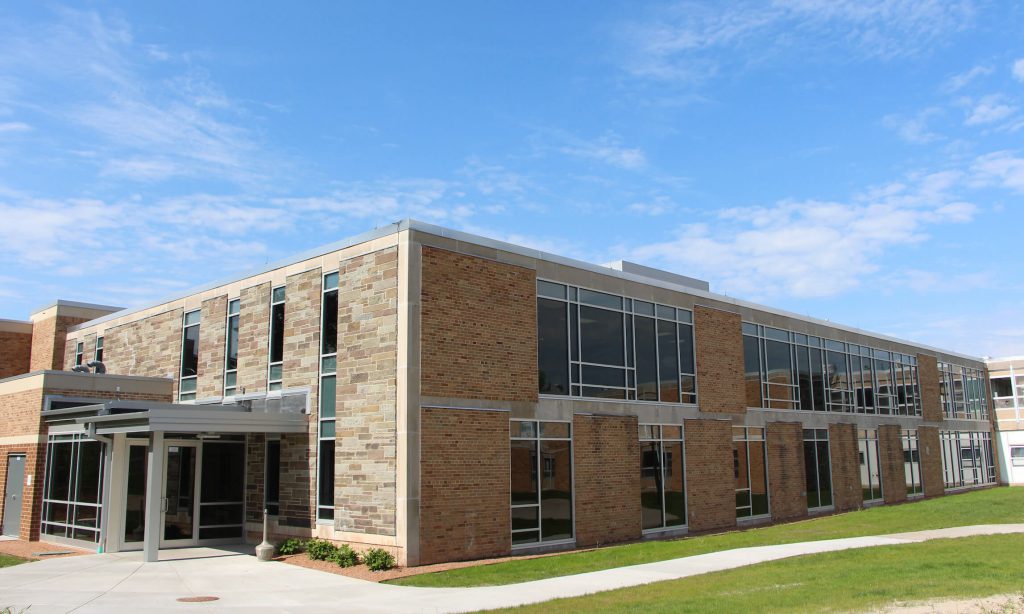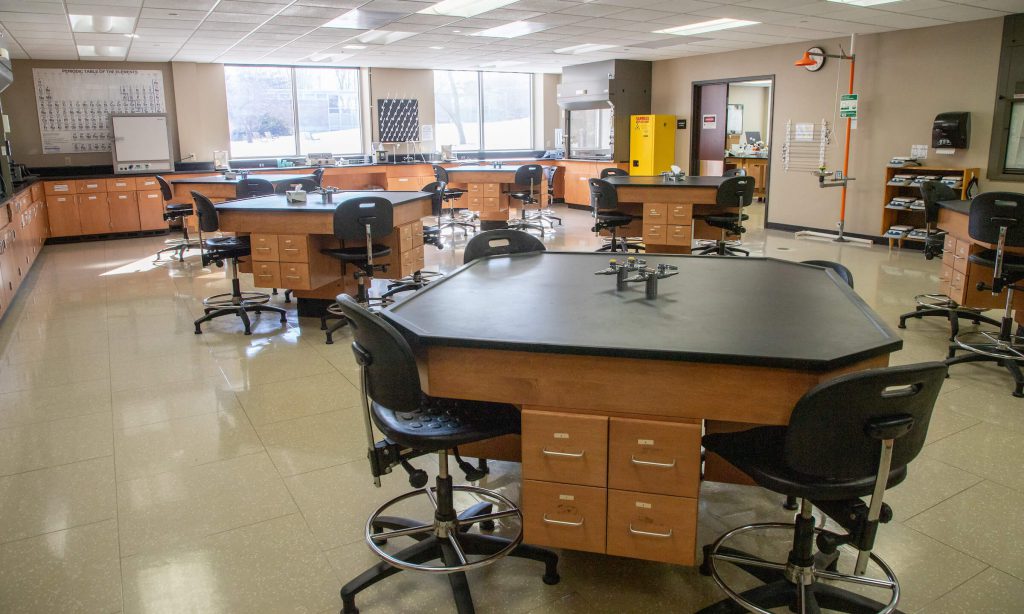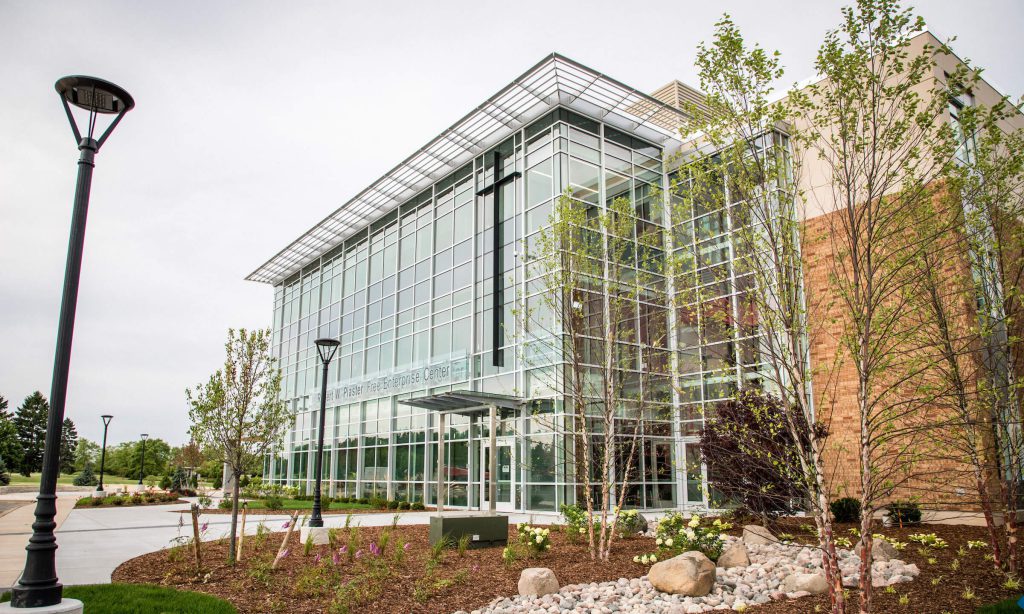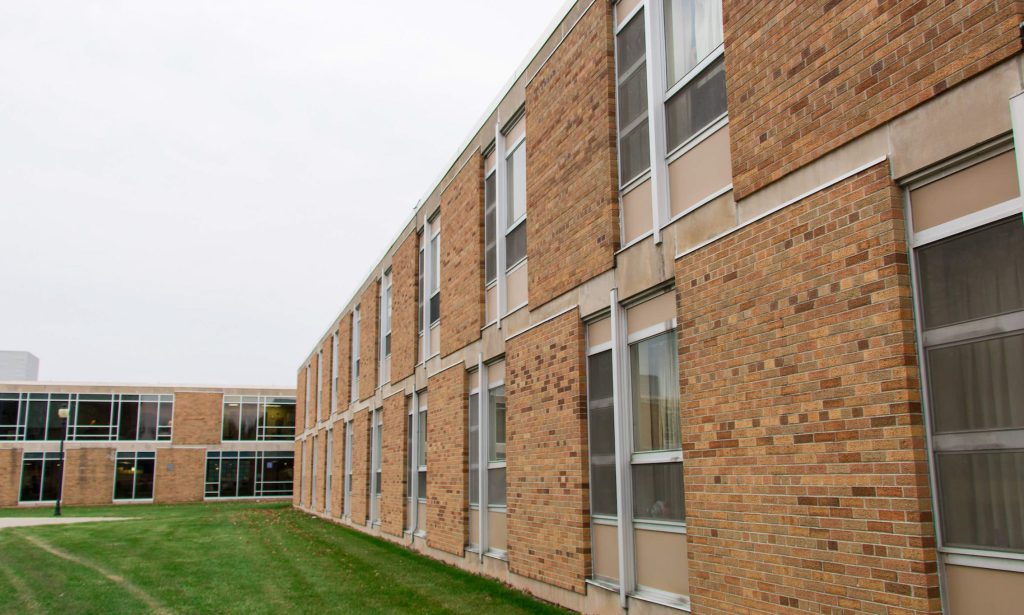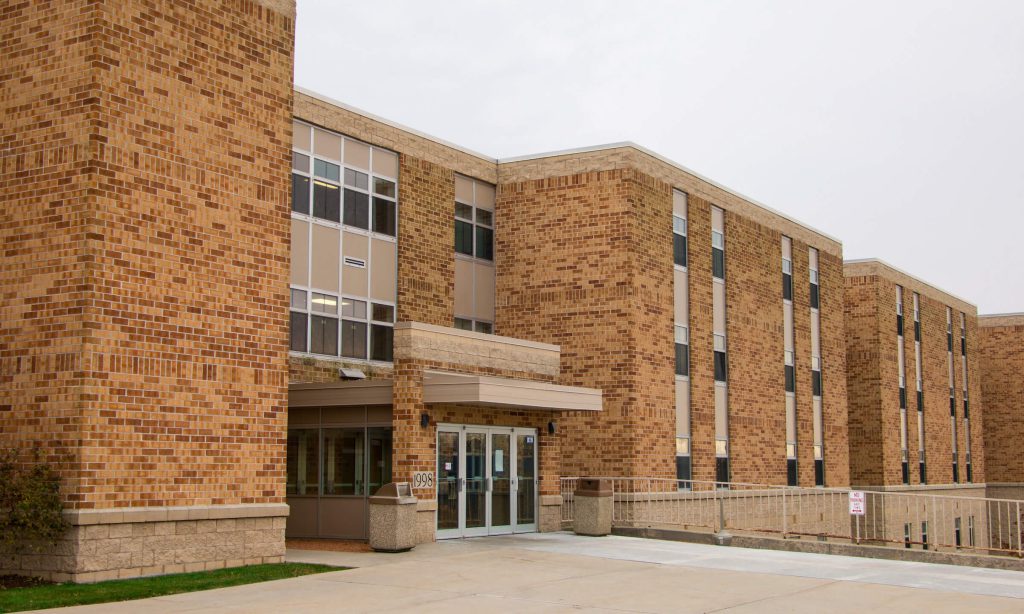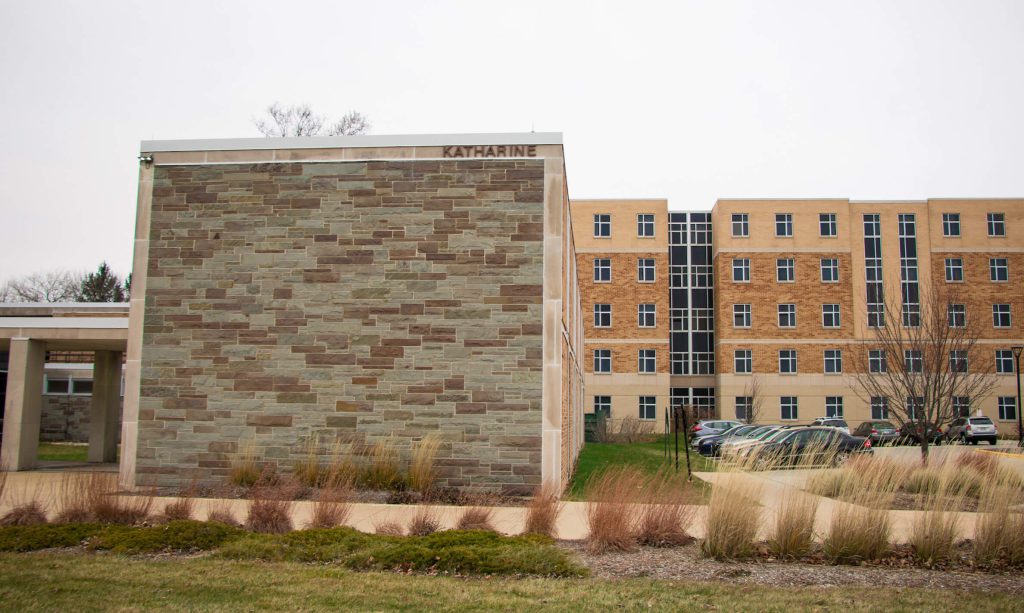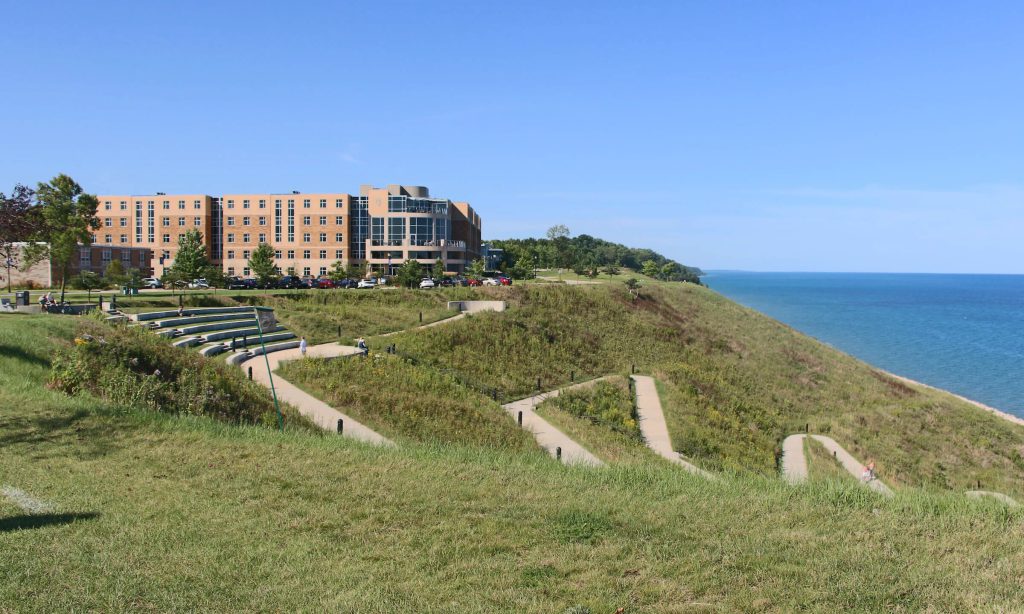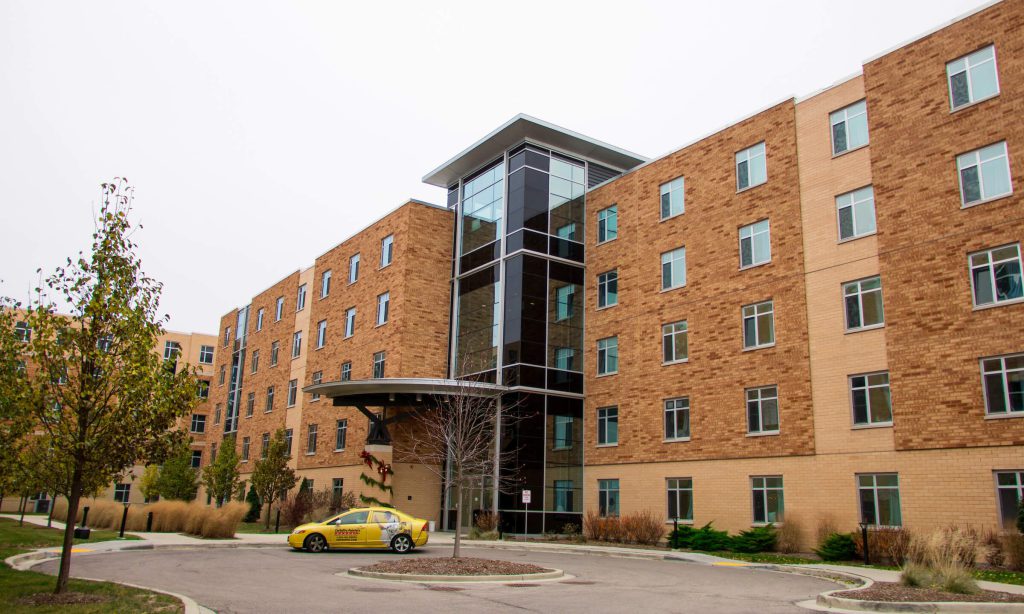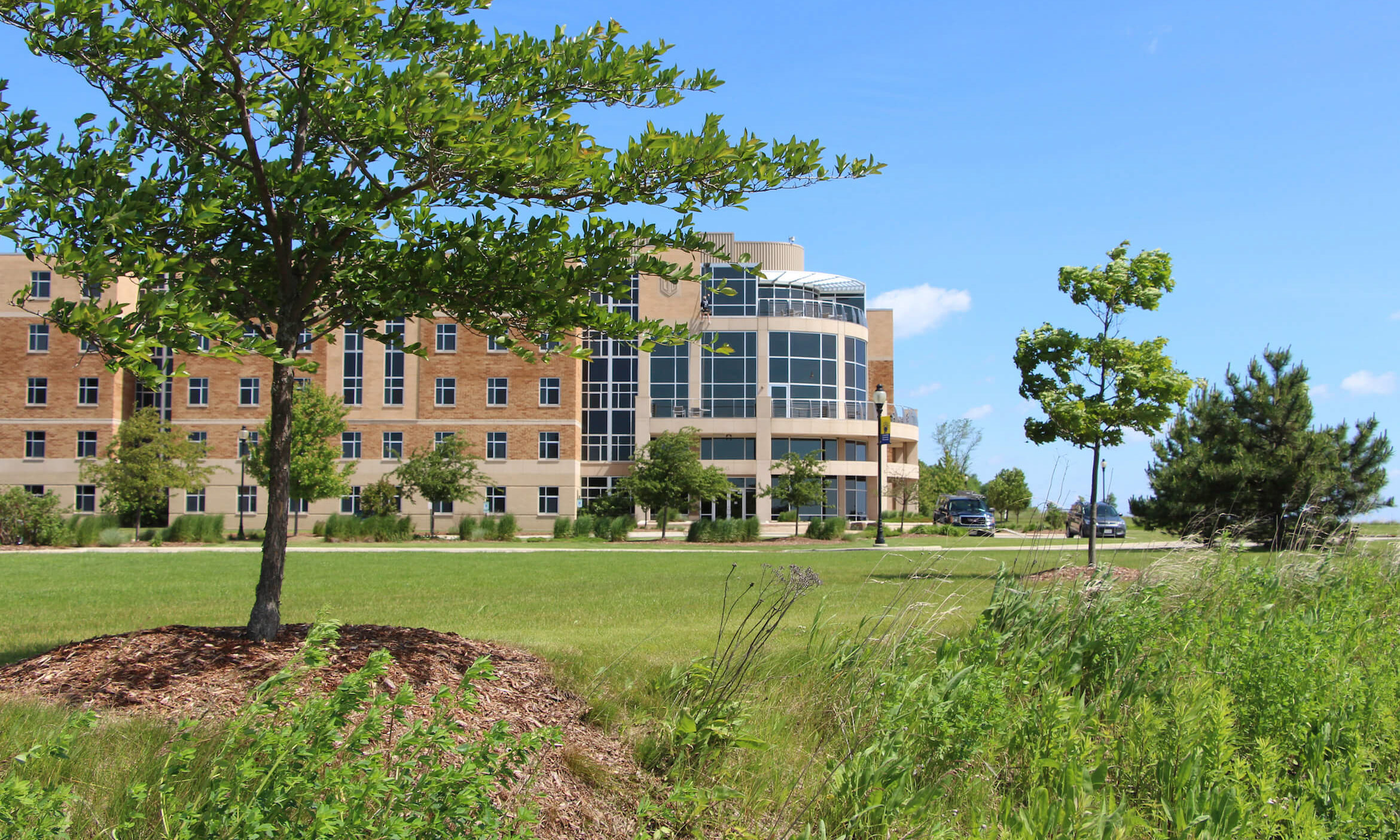
Have you ever wondered how some of our buildings got their names? Here’s your quick guide to the people whose namesake will go down in Concordia history.
Many of Concordia’s buildings and facilities honor a significant person or place in the university’s history. Some of the individuals are now passed, but their contribution to the university lives on through their namesake. Scroll down to learn the significance of each of the monikers.
A special thanks to Dr. Bill Cario for lending his history chops to this blog!
Classrooms
Albrecht
Building/facility: Classrooms and Albrecht Lounge (aka the Student Union)
Named after: Rev. Max J.F. Albrecht
Albrecht was Concordia’s second official president. He served from 1893 to 1921, making him the most tenured president in CUW’s history.
Fun fact: During Albrecht’s tenure, Concordia had its first “campus visit” from a U.S. president. President Theodore Roosevelt passed Concordia’s campus, lined with waving students, on Oct. 14, 1912 as part of a campaign visit through Milwaukee. That same day Roosevelt survived an (unrelated) assassination attempt.
Barth
Building/facility: Barth Hall; the Todd Wehr Auditorium and classrooms
Named after: Rev. Dr. G. Christian Barth
Barth succeeded Albrecht to serve as CUW president from 1921 to 1934.
Fun fact: While Barth was president, the field house mysteriously burned down and the school had to rebuild. People joked that Ackmann was behind it – a desperate move to provide an excuse to upgrade the previous sub-par facility. Either way, the result was a sparkly new facility for Concordia’s budding athletics programs.
Loeber
Building/facility: Loeber Hall; science, art, and other classrooms
Named after: Rev. Christian H. Loeber
Loeber was the first full-time president of Concordia University Wisconsin. He served for eight years, from 1885 to 1893.
Fun fact: Concordia saw its first choirs former (in 1885) during Loeber’s tenure.
Rincker
Building/facility: Rincker Hall; education, nursing, and other classrooms
Named after: Rev. Leroy C. Rincker
Rincker was Concordia’s fourth president. He served from 1935 to 1953.
Fun fact: It wasn’t until 1935, while Rincker was president, that Concordia’s mascot officially became the Falcons. Rincker was also the only CUW president to die while in office.
Robert W. Plaster
Building/facility: Concordia’s newest academic building, Robert W. Plaster Free Enterprise Center; business classrooms, the Makerspace, and the Speech, Language, and Hearing Lab
Named after: Robert W. Plaster
Plaster founded Empire Gas Corporation which was one of the largest retail propane distributors in the nation at the time of its eventual sale in 1996. In 1983, the Robert W. Plaster Foundation was created with the primary goal of helping academic institutions provide affordable college education to those in need. The Foundation made a substantial contribution to Concordia’s building.
Fun fact: Robert W. Plaster often said, “The difference between mediocrity and success is an hour a day.”
Stuenkel
Building/facility: Stuenkel Hall; computer science classrooms and labs and Concordia Central
Named after: Rev. Dr. Walter W. Stuenkel
Stuenkel served as university president from 1953 to 1976.
Fun fact: Twelve years into Stuenkel’s presidency, Concordia went co-ed. The school welcomed its first female learners in 1965. Stuenkel was also the first of two Concordia presidents to famously don a bowtie as a staple wardrobe item.
Patrick T. Ferry
Building/facility: Patrick T. Ferry Hall; the School of Pharmacy
Named after: Rev. Patrick T. Ferry, PhD
Ferry served as president of CUW from 1997 to 2021 and over CUAA from 2013 to 2021. During his time as president, he was one of many who championed the start of a pharmacy school. It was, at the time, one of only two schools of pharmacy in Wisconsin.
Fun fact: Ferry takes his health seriously. He is an avid runner. In fact, he’s probably in the middle of a running streak as we speak.
Athletics
R. John Buuck Field House
Building/facility: R. John Buuck Field House; Concordia’s gymnasium
Named after: Rev. Dr. R. John Buuck
Buuck preceded Dr. Ferry as president of the university. He served from 1979 to 1996.
Fun fact: Enrollment skyrocketed during Buuck’s presidency. Within his first decade as president, Concordia’s student count grew from 376 to surpass 1,000. A relocation from downtown Milwaukee to Concordia’s current campus location in Mequon helped opened up room for growth.
Catalyst
Building/facility: Catalyst Park and Catalyst Sports Training Center
Named after: Catalyst Construction, a Milwaukee-based construction company whose CEO is Matt Burow. Burow donated significantly to the project.
Fun fact: Burow’s wife attended CUW.
Kapco
Building/facility: Kapco Park; Concordia’s baseball field which is shared with the Northwoods League team, the Lakeshore Chinooks
Named after: Kapco, Inc.
Kapco, Inc. Owner Jim Kacmarcik contributed the lead gift for the baseball field, which opened in 2012. Kacmarcik was previously a part owner of the Lakeshore Chinooks.
Fun fact: Kapco Park was designed with a special nod to four Milwaukee Brewers greats, with the distance from home plate to various points in the outfield measuring in at distances that honor players’ career numbers. Left field is 317 feet from home (in honor of Jim Gantner’s #17 MLB jersey), left-center is 344 feet (for Hammerin’ Hank Aaron), center is 404 feet (for Paul Molitor), and right is 319 feet (for Robin Yount).
Tomasini
Building/facility: Tomasini Stadium; CUW’s football field
Named after: John Tomasini (’87)
John Tomasini, president of D.F. Tomasini Contractors, played football for Concordia from 1983-87. For his outstanding athletics career, he was inducted into the Concordia Hall of Fame in 2003.
Fun fact: Tomasini rushed for over 3,000 yards during his collegiate career. He was named an all-conference running back and earned NAIA Player of the Year honors in 1986.


Residence Halls
Augsburg
Building/facility: Augsburg Hall
Named after: A city in Germany/the Augsburg Confession
Augsburg, Germany is the city where Philipp Melanchthon composed the Augsburg Confession, which was presented to the Roman emperor in 1530 as a full account of the Lutheran Reformation. Lutherans still honor the document as a faithful summary of Lutheran beliefs.
Fun fact: A colleague of Martin Luther, Melanchton was a responsible for a Lutheran education emphasis.
Chemnitz
Building/facility: Chemnitz Hall, Concordia’s newest residence hall
Named after: Martin Chemnitz
Author of the Book of Concord, Chemnitz was instrumental in detailing the doctrines of the Reformation and the standard of Lutheran unity.
Fun fact: Chemnitz’s nickname was “the second Martin,” as Chemnitz’s work built on that of Martin Luther.
Coburg
Building/facility: Coburg Hall
Named after: A city/fortress in Germany
Martin Luther sought refuge at Coburg Fortress in 1530 because he was under imperial ban. He spent his time there writing many important correspondences and translating the Bible to German.
Fun fact: Two Reformation leaders, Lucas Cranach the Elder (1506) and Martin Luther (1530), lodged in Coburg Castle at various times in their lives.
Heidelberg
Building/facility: Concordia’s Interprofessional Clinic and School of Health Professions faculty offices
Named after: The Heidelberg Disuptation
The Heidelberg Disputation is Martin Luther’s follow-up to the 95 Theses. He had the opportunity to defend them publicly in Heidelberg, Germany, in 1518 before the general chapter of the Augustinians of Germany. Some even consider the Heidelberg theses more important than the 95 Theses.
Fun fact: The first and second floors of Heidelberg were recently converted from residence hall rooms to School of Health Professions office spaces and the Interprofessional Clinic.
Katharine
Building/facility: Katharine Hall
Named after: Katharine von Bora; Martin Luther’s wife
Like her husband, Katharine was a seminal figure in the Reformation. Together they built a new life and family in Germany. She provided Martin Luther with the respite from his struggles in the Reformation.
Fun fact: Katharine was a Roman Catholic nun before she married Luther.
Regents
Building/facility: Regents Hall
Named after: Concordia’s 1999 Board of Regents
Fun fact: Concordia’s School of Pharmacy held its first classes in the basement of Regents while a new academic building was erected.
Wartburg
Building/facility: Wartburg Hall
Named after: Wartburg Castle, located outside Eisenach, Germany
Wartburg Castle served as yet another retreat/hideout for Luther. During his time at Wartburg in 1521-22, he continued his biblical translation work.
Fun fact: Luther hid in Wartburg Castle for 10 months and, while there, disguised himself as a knight.
Wittenberg
Building/facility: Wittenberg Hall
Named after: Wittenberg, Germany
Wittenberg was the center of Martin Luther’s Reformation effort. This German city was home Wittenberg University (the first Lutheran university) where Luther once served as a professor.
Fun fact: The church where Luther posted his 95 Theses was in Wittenberg.
Other
Luther
Building/facility: Welcome Center, administrative, admissions, and other offices
Named after: Martin Luther
Luther is the founder and namesake of the Lutheran denomination.
Fun fact: Except for Concordia University in Seward, Nebraska, each of the Concordias throughout the nation have a statue of Martin Luther on campus. CUW’s was dedicated in 2016.
Siebert
Building/facility: Siebert Dining Hall, Concordia’s cafeteria
Named after: Siebert Lutheran Foundation
The Siebert Lutheran Foundation gave a significant donation in the mid-1990s to help refurbish Concordia’s dining hall. The new eating quarters were dedicated in 1996.
Fun fact: A deer got loose in Siebert Dining Hall in 2012.
Todd Wehr
Building/facility: Todd Wehr Auditorium
Named after: Todd Wehr
Todd Wehr was co-founder of Wehr Steel Company, which later begat the Todd Wehr Foundation. Much of the foundation’s funds went to supporting charitable religious, scientific, and educational organizations.
Fun fact: When Concordia purchased its current campus from the School Sisters of Notre Dame, the auditorium was a gymnasium.

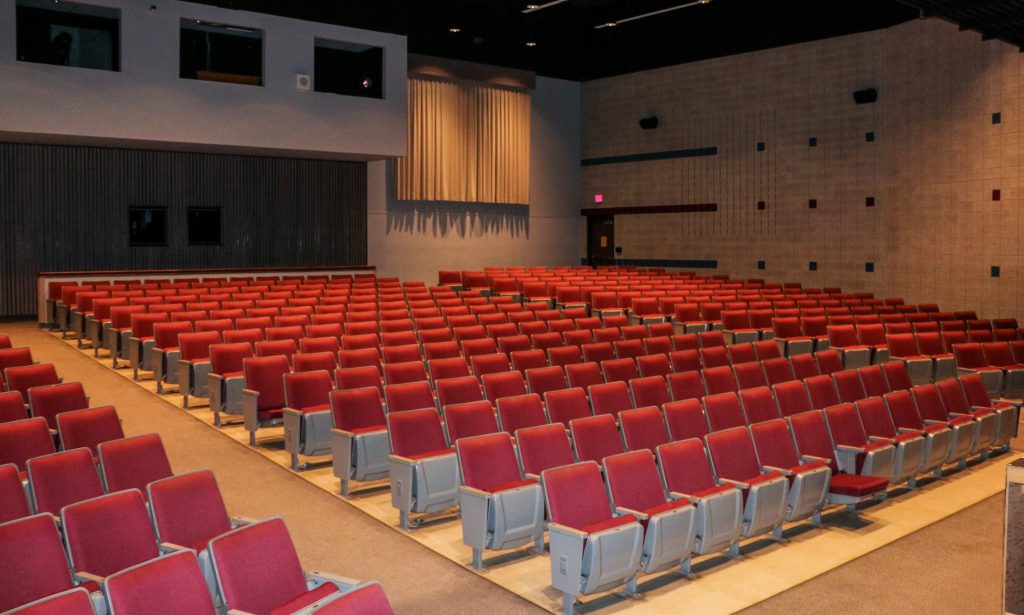
Want in?
Your generous donation is more than just a gift of money. It’s a gift that directly helps our students develop in mind, body, and spirit for service to Christ in the Church and the world. Click below to learn more about our different giving options.

